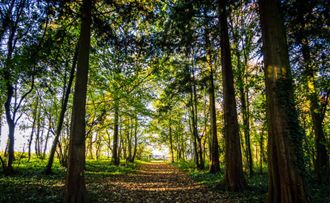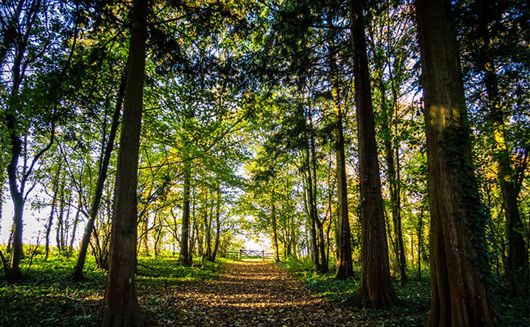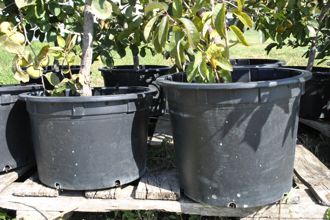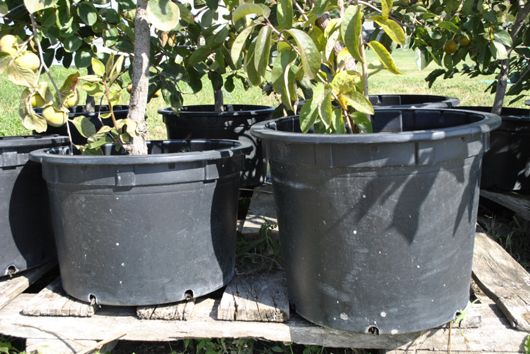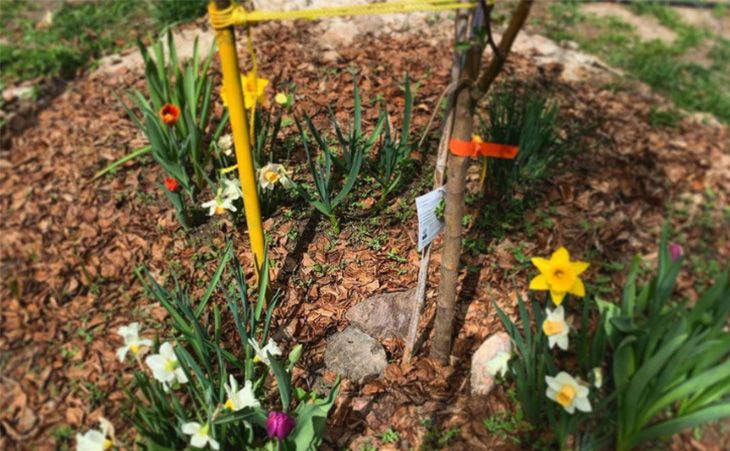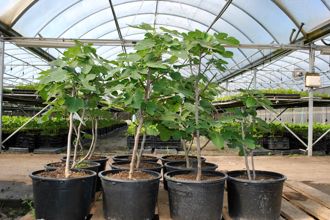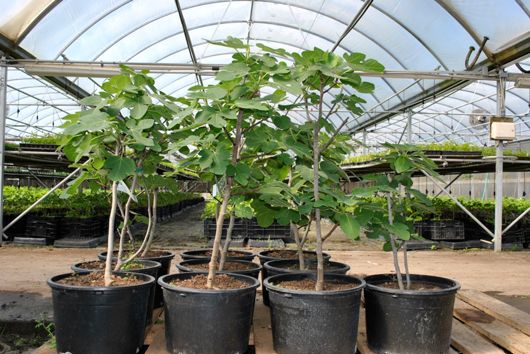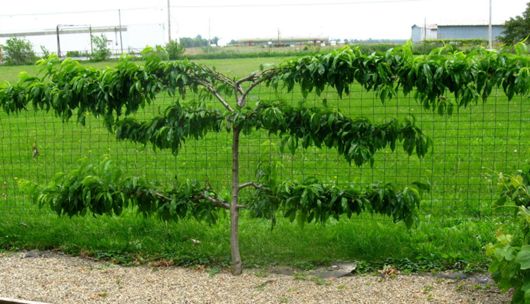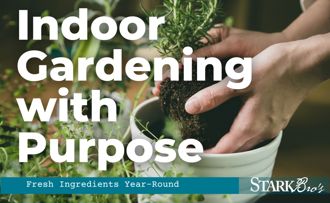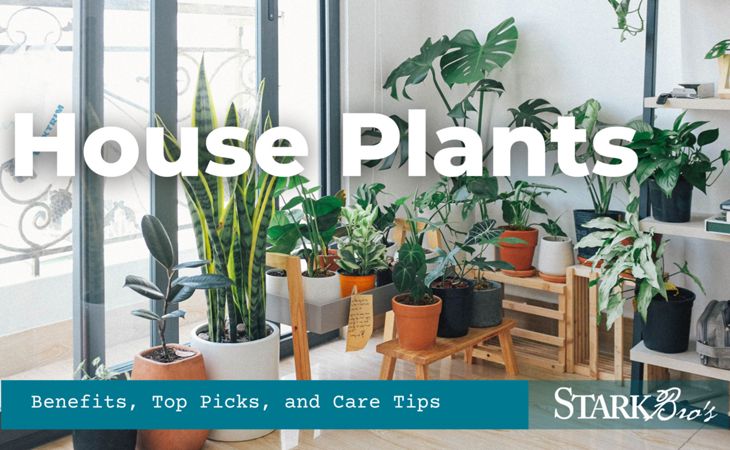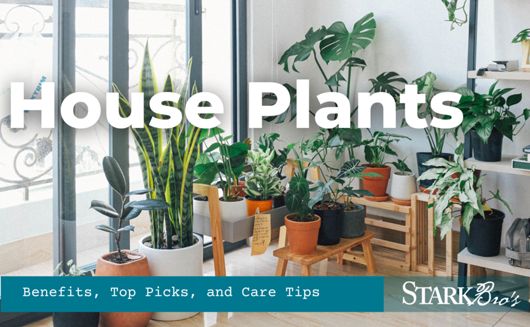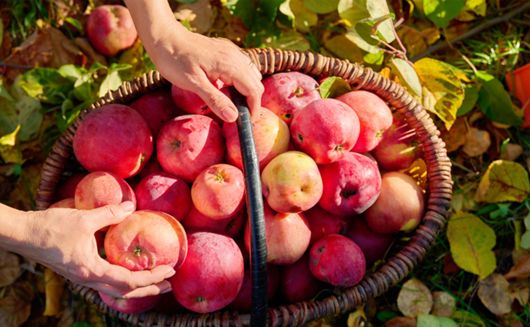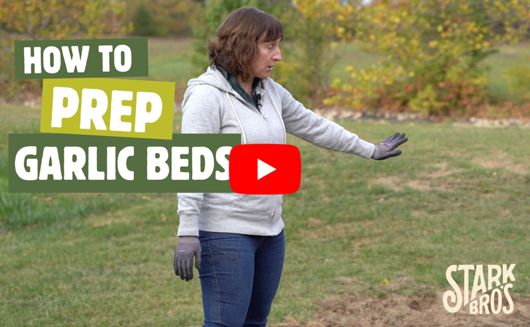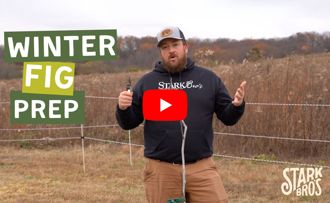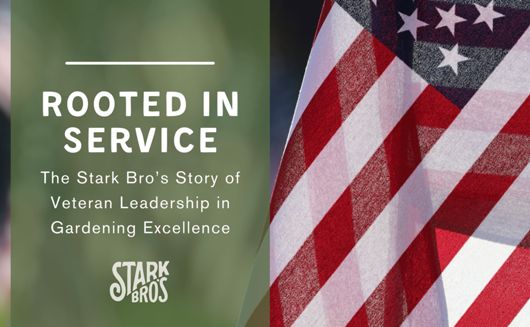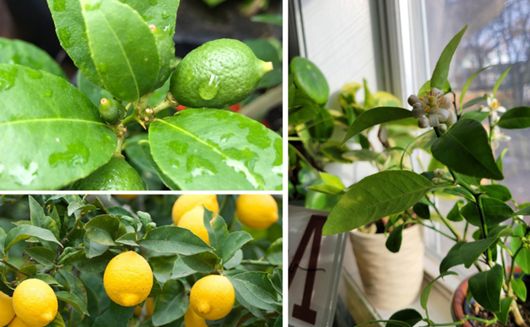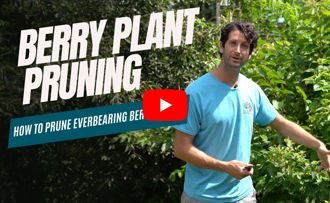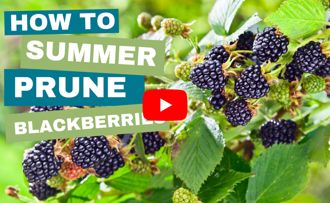Small Space Growing
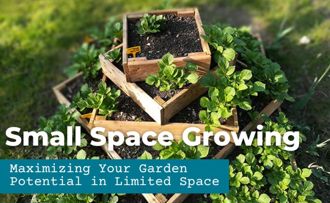
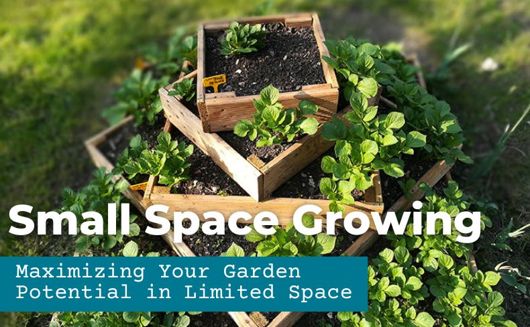
Maximize your growing space and your harvest!
Not all of us have acres of land to work with but that doesn’t mean you can't have a plentiful harvest right out of your backyard. With proper planning you can create your own edible oasis - whether a patio filled with pots and containers or a modest backyard that you can line with fruit trees and bushes.
Choosing the Right Plants
When choosing plants for your small space garden - consider your climate, hours of sun, and of course what you personally like to grow and eat! We'll cover some of the best plants and trees for container growing, raised beds, vertical gardening, and utilizing your available greenspace.
Maximize your gardening space while thinking about the over-all aesthetic - are you foodscaping, growing in traditional beds, or are you just trying to fill out your patio? Incorporate growing spaces where there are opportunities and add structures where needed. Then, plant the varieties that grow best in the conditions you have. Try adding a trellis or arbor for height and line your paths with edible flowers and bushes. If it's ground cover you need - consider strawberries.
Many fruits thrive in containers, strawberries, blueberries, and other berries, columnar and dwarf fruit trees can have a long fruitful life in a container. In addition to container gardening, take advantage of any greenspace available! You'd be surprised by how many fruit trees and berry bushes you can fit into a typical suburban lot - dozens!
Having lots of sun is helpful, but many varieties can thrive in partial shade - such as blueberries, currants, blackberries, pawpaw trees and more.
Companion Planting will also help you maximize your space. Companion planting involves planting different species of plants together to maximize space and enhance growth. For example, you can plant tall plants in the back of your containers and shorter plants in the front. You can also plant plants with complementary growth habits, such as planting nitrogen-fixing legumes with other plants that require a lot of nitrogen.
Growing Food in Containers
There are many reasons to grow food in containers; whether you don't have space for an in-ground garden, live in an apartment or you’re new to gardening and wish to start small. Most fruits and vegetables can be very happy in pots and containers. Just be sure the container is large enough and well-drained.
These urban or columnar apple trees are excellent choices for keeping in a large container:
Keeping your trees pruned will allow them to stay a manageable size and even encourage fruit growth. Pots tend to dry out quickly, so be sure to keep your plants and trees well-watered if not planted in the ground.
One advantage to growing perennials in containers, is that you can grow unique plants, not normally hardy to your zone! Citrus trees, avocados, and other smaller trees can be potted and brought indoors during cooler months. For plants you wish to bring indoors, ensure the pot size is movable.
Raised Beds
If you think you don’t have the space for a vegetable garden, think again! Raised beds allow you to grow more per square foot and also reduce the amount of time spent weeding. They come in a variety of sizes that can even fit on a small patio. Rotating your crops and having seedlings ready for the next season will also allow you to maximize your space. For example, after harvesting early-maturing vegetables such as salad greens, plant traditional fall vegetable, such as green beans, carrots, turnips, parsnips, beets, and radishes. Second season crops can actually help protect and build your soil base throughout the year.
Vertical Growing
Popular with urban growers, vertical farming is the easiest way to make a productive space out of otherwise unused area and is the key to maximizing productivity in your garden. Consider the traditional trellis, an arbor, or even an old pallet. Another option is a tower garden which can fit on just about any patio. The options for vertical gardening are endless and require only some creativity. With the right amount of support, most vegetables will sprawl upwards such as melons, squash or beans. If you're into beer - growing hops up a string trellis is easier than you think!
Edible Borders
Line your yard with dwarf fruit trees and berry bushes. Choose dwarf fruit trees that do not require a pollinator to save from having to plant multiples. However, with berry bushes you will want to plant about 3 of each variety per person in your household. Two different blueberry varieties are needed to maximize pollination and berry set. Or try the unique but ancient method of espalier for homegrown fruit in a narrow space or border. This allows for easy picking, no ladder needed!

Plant Guilds
Adding a plant guild to your landscape can be an excellent way to maximize your growing space and improve the health of your plants. A plant guild is a group of plants that are selected and grown together to support each other's growth and health. The plants in a guild are chosen based on their complementary growing habits, nutritional needs, and pest resistance.
To create a plant guild, start by choosing a central plant, such as a fruit tree or berry bush, and then select companion plants that will grow well together. Companion plants should have different root depths, so they don't compete for water and nutrients. They should also have different heights, so they don't shade each other too much.
Overall, adding a plant guild to your edible landscape can be a great way to make the most of your growing space and create a healthy, diverse ecosystem. With some careful planning and maintenance, you can enjoy a bountiful harvest and a beautiful landscape.
Get creative and make the most out of your yard or patio!
- Article Categories:
- Ideas & Inspiration


